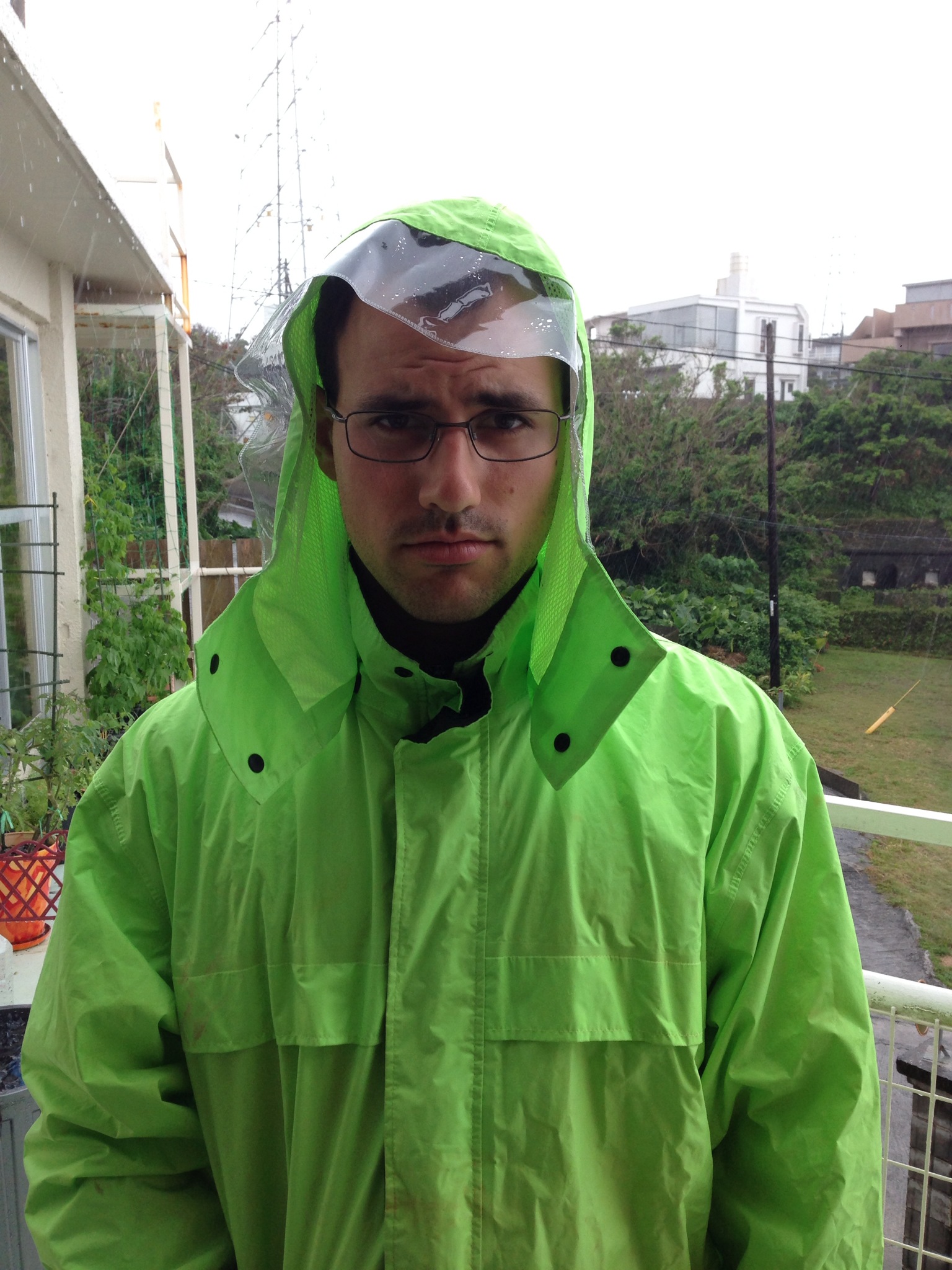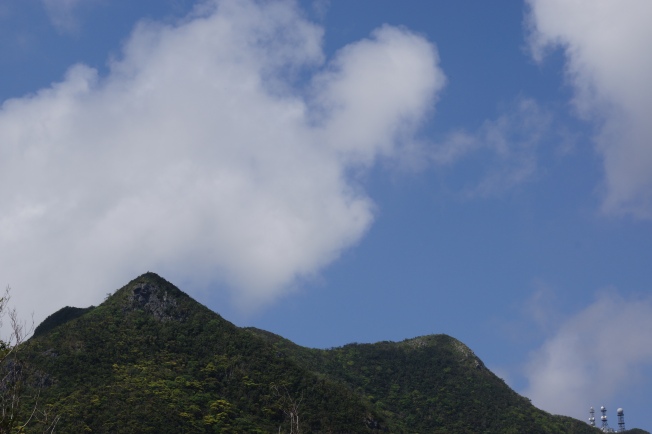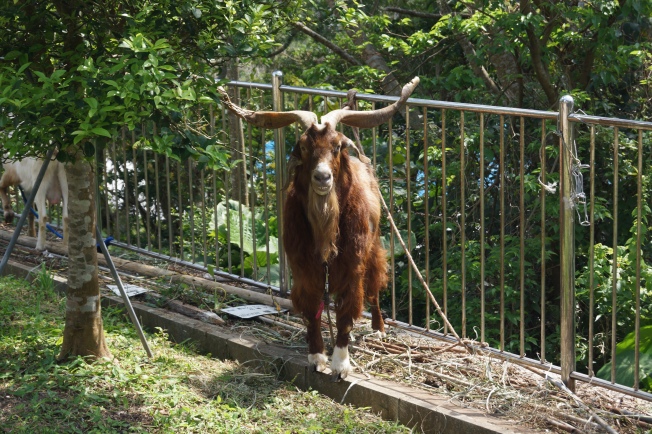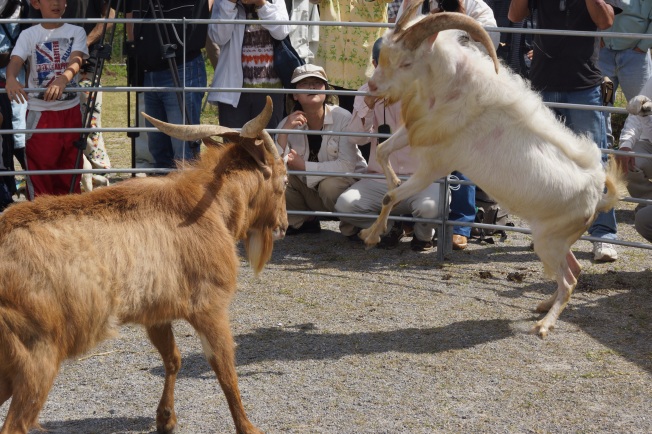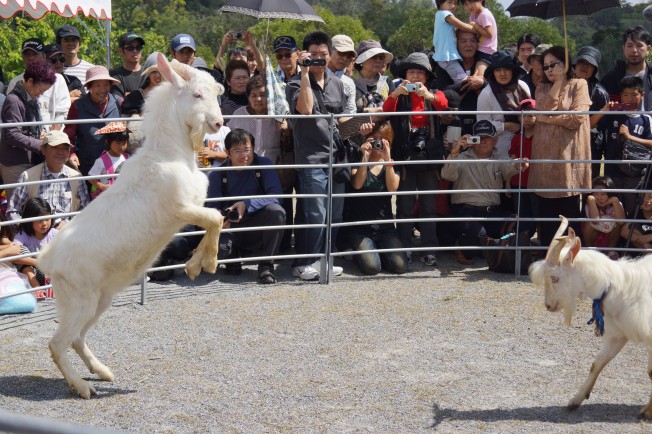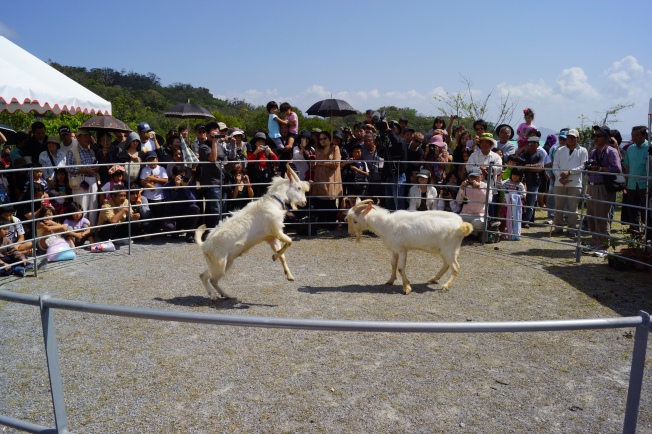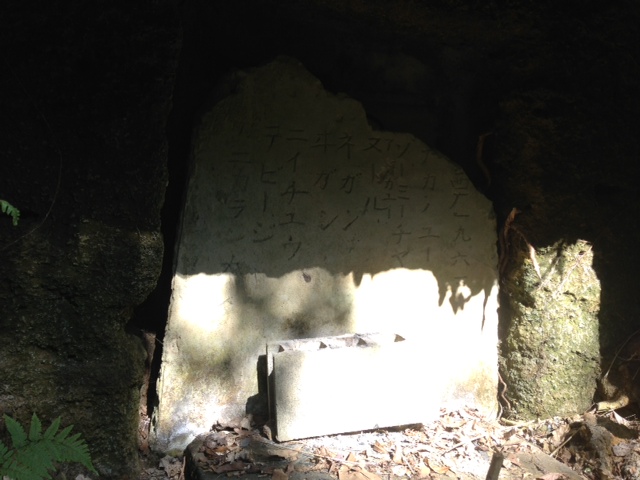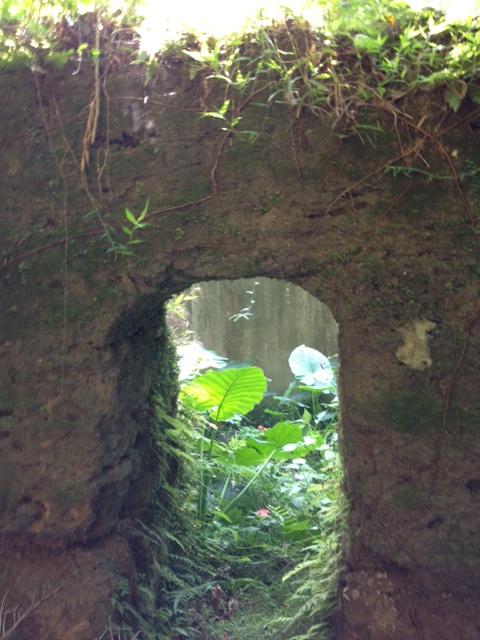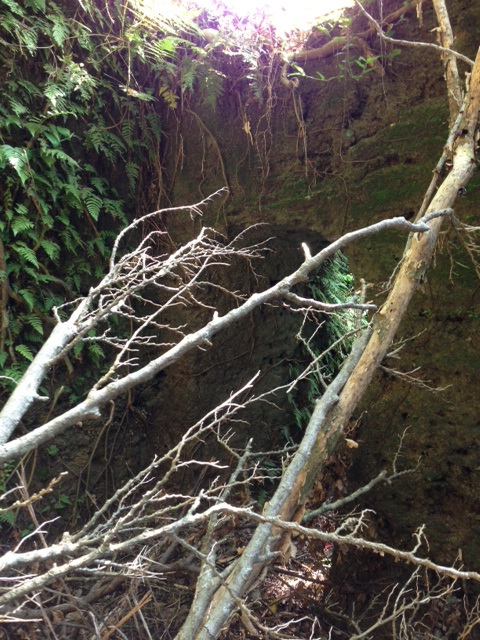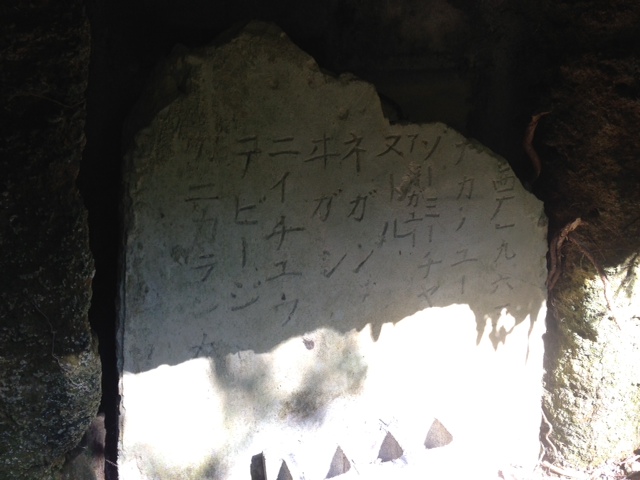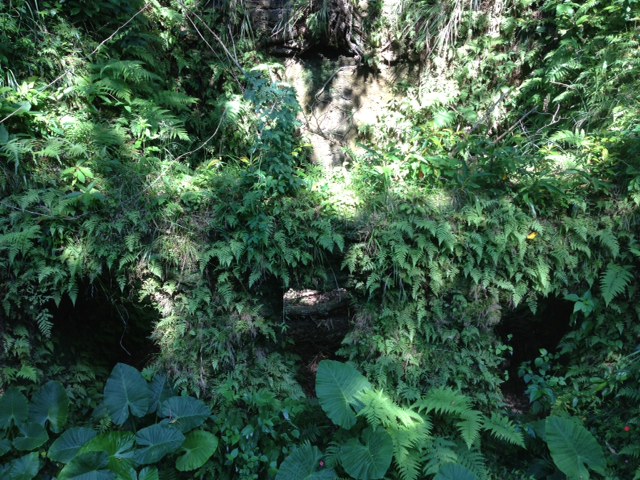Damage From Tattoos:
Tattoos are made possible by sharp implements breaking skin and jabbing ink. Not very poetic but I think you get the picture. Long story short damage is caused to the skin which starts to bounce back after a few weeks but take a bit longer to fully heal. Sometimes the only permanent change to the skin is the color where as other times the skin in
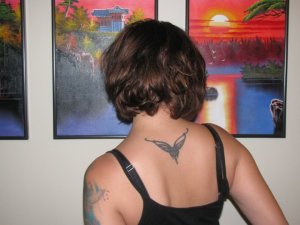 the area of the tattoo may never really be quite the same again.
the area of the tattoo may never really be quite the same again.This is important to consider for both those who already have tattoos and those who are thinking about getting tattoos during their time here on Okinawa. If you already have tattoos it is important to understand that those areas which have been "damaged" from tattoos that you have received in the past may react differently than you are used to. For example you may have never found it necessary to wear sunscreen when spending a measly 5 minutes out in the sun while in the US but now that you are here in Okinawa your tattoos get burned even after limited exposure.
For those of you who are thinking about getting your first tattoo while here in Okinawa it's important to consider that the area will also be extremely sensitive during the healing process. This means that you're not going to be "beach ready" a short three weeks after stepping out of the shop.
 Upgrade to Pro
Upgrade to ProKeeping Tattoos Covered:
Tattoos are like fine art. If you're going to go through all the trouble and money of getting one in the first place you might as well keep it in good condition. The best way to do that is to keep your tattoos covered. As a rule of thumb I always have either sunscreen or a UV protective layer of clothing to cover my tattoo (particularly the one on my arm because of its likelihood of being exposed) at all times.
There are a number of products which you can use to protect your tattoos. One of my favorites was the TattooGoo brand of tattoo sunscreen which came in stick form. I really liked it because it allowed me to almost paint on the protection where the tattoo needed it most rather than just lather up the whole arm right away. I also very much liked the stick form because being about the size of lipstick it was easy to carry and therefor not easy to forget. The only problem that I had with this product is that when the summer came around it started to get really mushy and clumpy when applied. I tried some other stick form sunscreens but finally settled for a nice Japanese brand of lotion which absorbed quickly and worked very well without leaving you sticky.
The other option that I often have with me during the summer months is a UV protective shirt which I can use as a pullover. The reason that I like this is because although it gets hot here in the summertime the facts are when you go into some of these stores the AC is enough to keep your freezing and wanting another layer. So having a UV protective shirt or pullover is like a win win. I can wear it outside if the sun gets hot and I want some extra tattoo protection but I can also wear it inside and prevent myself from freezing to death. These types of shirts are also helpful if you are out and about but might find yourself in a place where it may be more appropriate to have your tattoo covered.
Tattoos + Japan = Bad:
One of the things on the list of grossly misunderstood topics about Japan is tattoos. There are a lot of things that can be said on this topic and I will be happy to talk more about that later but for the sake of this post I want to keep things short.
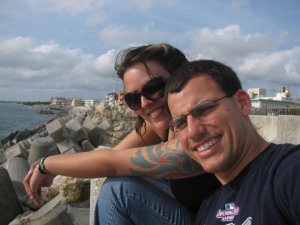 Tattoos aside, when you come here to Japan (regardless if it is Okinawa or Tokyo) there needs to be an understanding that it is not the United States (or your country of origin). There are going to be things that are done here which are different from your home country and since you are now here you need to accept those things. One of those things is taking off your shoes another is covering your tattoos when in certain social situations. There are a lot of people out there who will go on and on about how if you have tattoos you will be discriminated against while in Japan. I personally have never found this to be true during my years in Okinawa or travels to Tokyo. That being said let's go through some basics and clear up a few things specifically about Okinawa.
Tattoos aside, when you come here to Japan (regardless if it is Okinawa or Tokyo) there needs to be an understanding that it is not the United States (or your country of origin). There are going to be things that are done here which are different from your home country and since you are now here you need to accept those things. One of those things is taking off your shoes another is covering your tattoos when in certain social situations. There are a lot of people out there who will go on and on about how if you have tattoos you will be discriminated against while in Japan. I personally have never found this to be true during my years in Okinawa or travels to Tokyo. That being said let's go through some basics and clear up a few things specifically about Okinawa.Believe it or not when it comes to tattoos 90% of what you encounter here in Okinawa isn't going to be much different than what you encounter in the US. Unfortunately there are a lot of people out there who prefer to skip over facts and history in order to build a case of "social norms are totally weird in Japan". The one we hear most often is that in Japan tattoos were reserved for criminals and yakuza. True? Yeah sure it is. However, tattoos being the mark of a "hard" person is not unique to Japan. In fact in our good ole' US of A there are a lot of the same stereotypes which associate tattoos with gangs, crime and all around tough guys.
Even with all of this being said most of the things you will find you should be covering your tattoos for when in Okinawa are the same things you would cover your tattoos for if you were in the US. (i.e. Formal restaurants, formal events, religious establishments). The only time that you may have to be even more careful if you happen to have explicit tattoos.
The other 10% are things which you may not fully understand but my short response is that you are now in Japan and just like taking off your shoes when going into a home, there are going to be some things you do without fully understanding why. This most commonly includes being in the water whether it is at select beaches, bath houses or water parks. In these cases you will still be allowed to enter (although not always in the case of bath houses because they are primarily nude bathing) but you will be required to wear something that covers your tattoos like a swim shirt or sleeve/sock. I cannot stress enough that this is not discrimination against foreigners, it is simply the way business is conducted for everyone.
Last Work & My Experience:
At the end of the day having tattoos here in Okinawa is not going to be a bad thing. In fact during my years here the most inconvenient thing about having tattoos has not been covering them when it social situations but rather keeping them protected from the summer sun which is why I wrote this post in the first place. Actually generally speaking I have never had a problem with my tattoos exposed or not.

